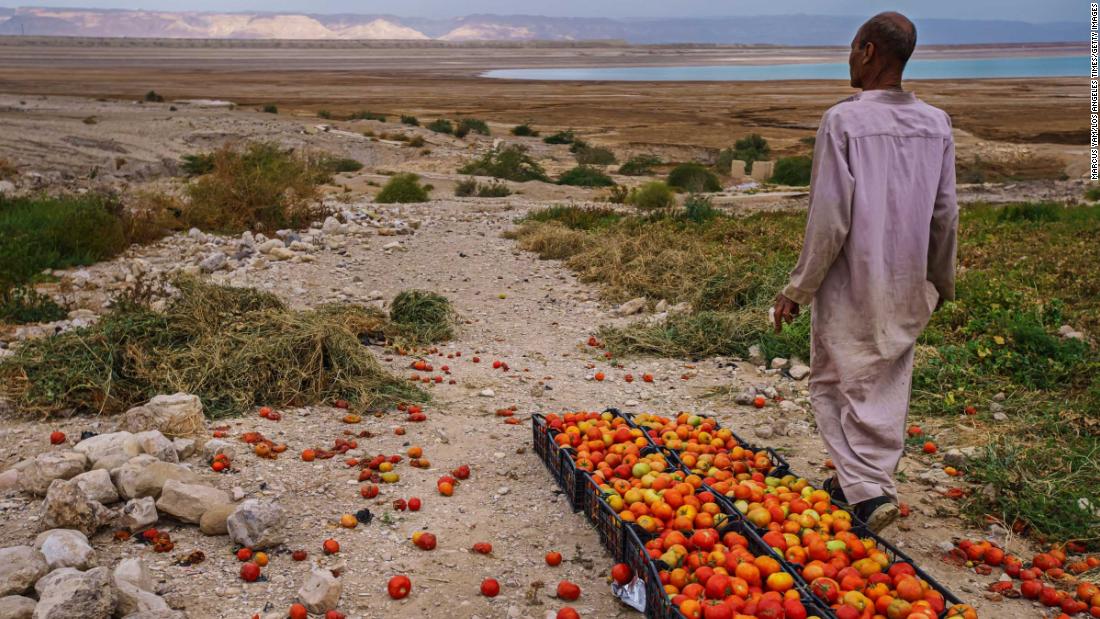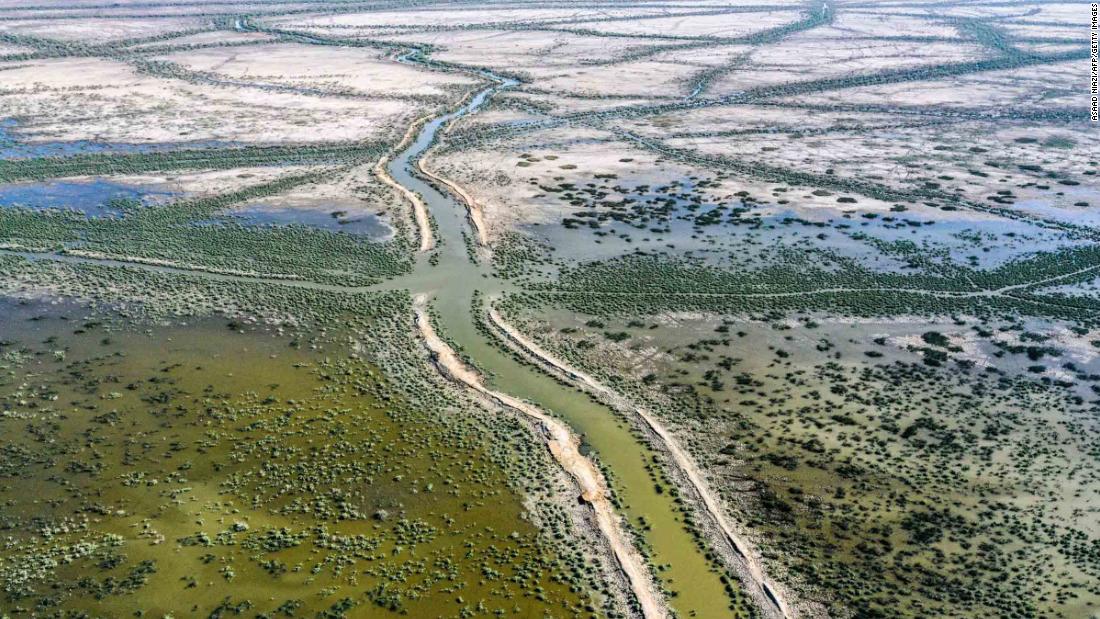In Jordan, one of the most water stressed countries in the world, people have become used to living with very little water.A study published in the Proceedings of the National Academy of Sciences showed that Jordanians will have to halve their per capita use of water by the end of the century. Most Jordanians on lower incomes will live on 40 liters a day, for all their needs — drinking, bathing and washing clothes and dishes, for example. The average American today uses around 10 times that amount.In many Jordanian homes, water isn’t necessarily available every day, said Daniel Rosenfeld, a professor with the Program of Atmospheric Sciences at The Hebrew University of Jerusalem.”Jordan now has a critical shortage of water — water reaches the houses in Jordan once or twice a week, even in the capital Amman,” Daniel Rosenfeld, a professor with the Program of Atmospheric Sciences at The Hebrew University of Jerusalem. The capital actually has existential problems right now, already,” levels in parts of the country are dropping by well over one meter a year, studies show, and waves of refugees from many countries in the region have put extra pressure on the already stressed resource.The secretary-general of Jordan’s Water Authority, Bashar Batayneh, told CNN that the country needs more funding from the rest of the world to deal with this increased demand for water.”Jordan bore the heavy load of the Syrian refugee crises on behalf of the international community and was deeply impacted regarding water. Refugees cost the water sector over $600 million per year while Jordan received a fraction of this amount from the international community,” he said.He added that Jordan had much less rain in 2020 than it did the previous year, putting more than a quarter of water resources at risk and halving drinking water sources.But it’s not only climate change. The country relies on the Jordan River system, which also runs through Israel, the West Bank, Syria and Lebanon, and dams building along the rivers have severely cut the flow of water flow to Jordan. Jordan, too, uses canals to redirect the river’s waters for irrigation. Conflict has flared several times around the river system in the past.It’s a transboundary problem also seen in other parts of the region along the Euphrates and Tigris rivers, as well as in northern Africa along the Nile.Jordan, Israel and Syria have gotten better at coordinating management of the river system they rely on, but tensions often erupt. Experts have long warned that water scarcity worsened by climate change could lead to more conflict.

The Middle East is running out of water, and parts of it are becoming uninhabitable







